World’s Largest Sinkhole Discovered and We Still Haven’t Found the Bottom
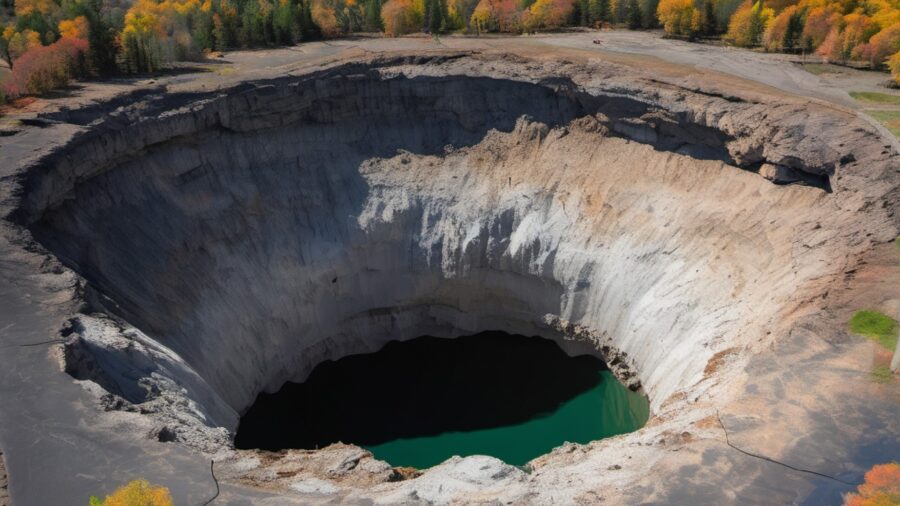
In 2021, researchers discovered a blue hole off the coast of Mexico that previously had the potential to become the deepest underwater sinkhole in the world. Now, a new study suggests that the sinkhole is, in fact, the deepest one we’ve encountered so far. It measures at least 1,389 feet below sea level, though its bottom still hasn’t been found.
The Taam Ja’ Blue Hole
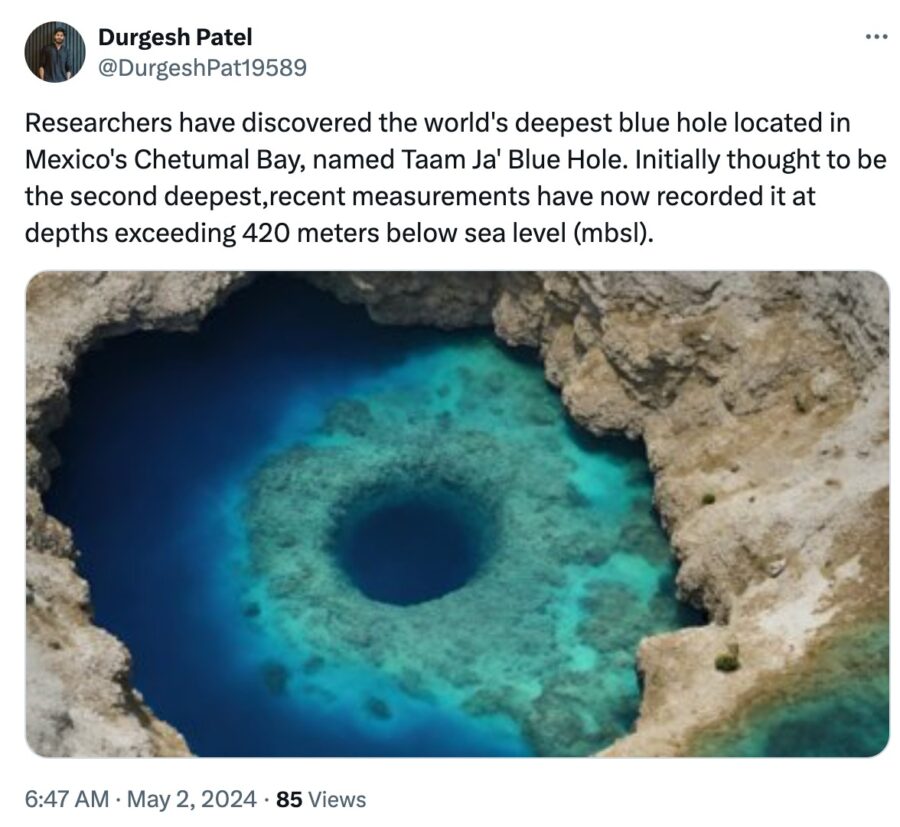
When the Taam Ja’ Blue Hole was first discovered, it was believed that the underwater sinkhole was around 900 feet deep, but the new study published in the journal Frontiers in Marine Science found that the sinkhole is at least 1,389 feet deep. This makes it deeper than the Sansha Yongle Blue Hole, also known as Dragon Hole, which previously held the record for the deepest underwater sinkhole by nearly 400 feet.
The Dive
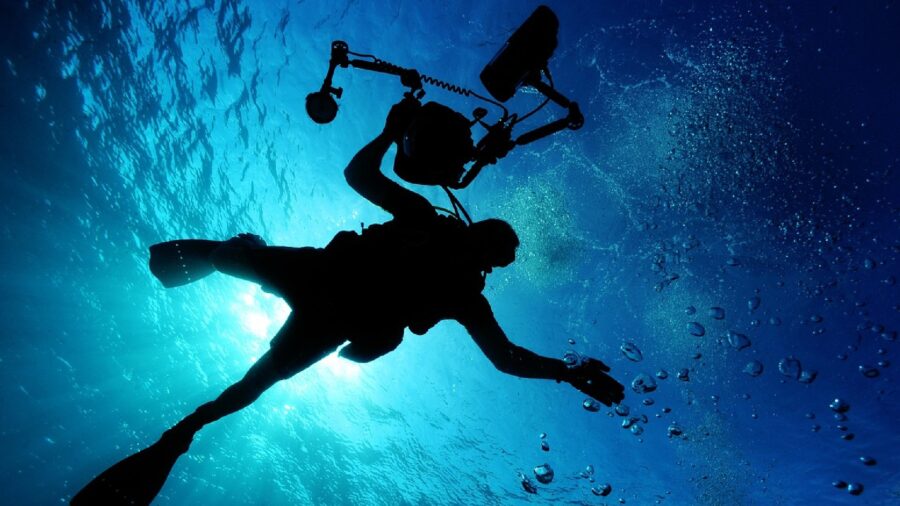
This discovery was made after researchers conducted a scuba-dive expedition of the sinkhole, which is located in Chetumal Bay off the southeast coast of the Yucatan Peninsula, using a CTD profiler, which conducts measurements using conductivity, temperature, and depth. The profiler discovered that the sinkhole is actually much larger than initially thought, having surpassed 420 mbsl (meters below sea level) without reaching the bottom of the sinkhole in question, making it the deepest-known underwater sinkhole globally.
Almost Impossible To Learn The Actual Depth
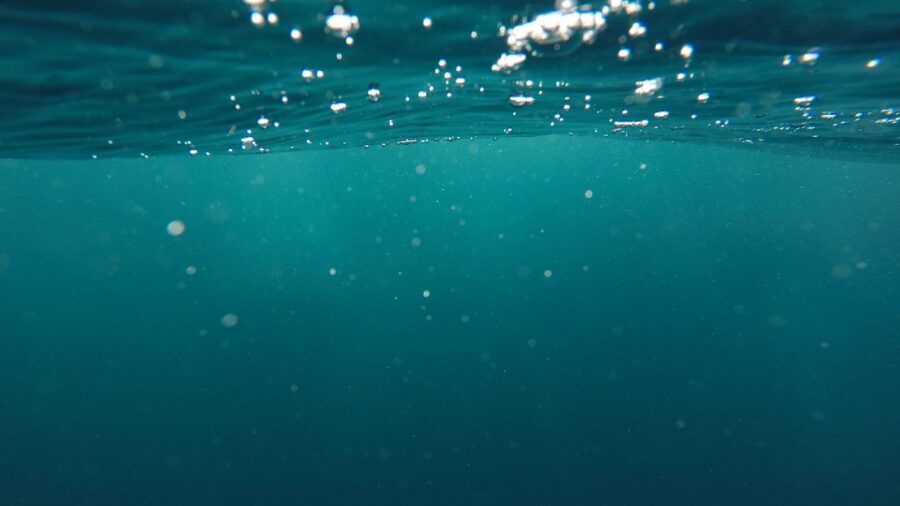
Researchers also confirmed that measuring the maximum depth of the underwater sinkhole wasn’t really possible due to instrumental limitations in 2021, but with those limitations now alleviated, the scientists were capable of gaining new measurements and insights into just how deep it is. Unfortunately, without reaching the bottom, the definitive measurements would be very difficult to make.
Unseen Underwater Tunnels
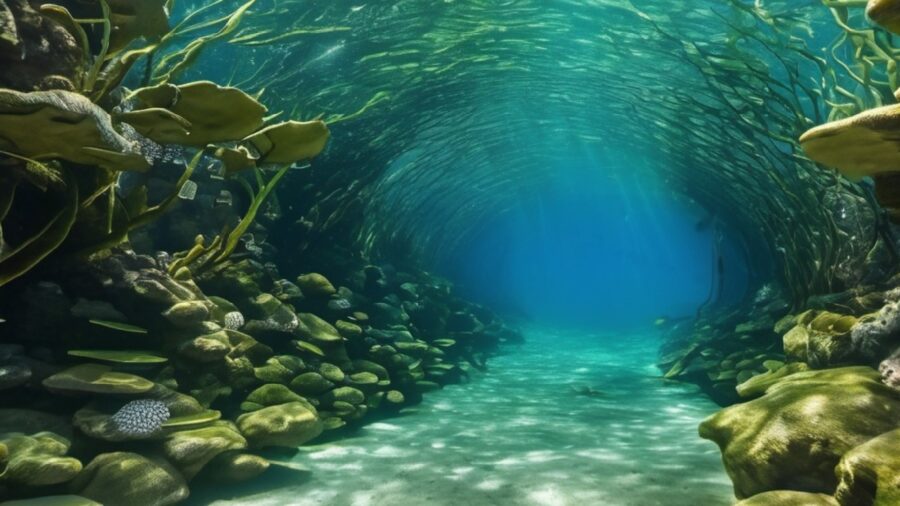
The science team also noted that the salinity of the water in the underwater sinkhole resembles that of the Caribbean Sea, which is located a few miles away, suggesting that the sinkhole and the Sea might be connected via hidden underwater tunnels—yes, those are a real thing, and no, sharks don’t use it for travel. Future studies will seek to establish the true depth of Taam Ja’ and investigate the potential for new biodiversity living beneath the depths of the ocean.
Underwater Sinkholes
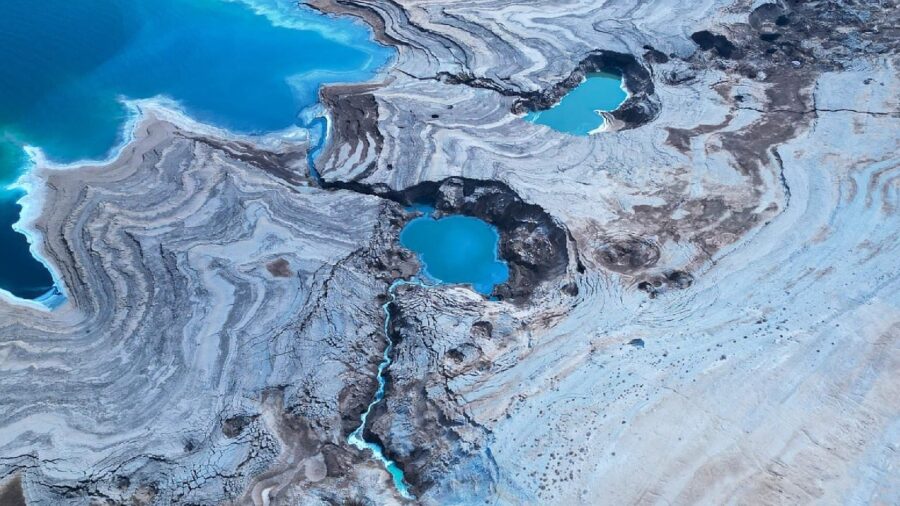
Something similar was previously done in Belize when a team of scientists conducted a series of measurements of the bottom of a big marine sinkhole, only to discover that it was filled with garbage and at least two dead bodies. Underwater sinkholes aren’t a rarity; they’re roughly circular, steep-walled depressions named for the contract between the dark blue waters associated with greater depths and the lighter blue of the shallows surrounding said depressions.
No Oxygen, But They Still Support Life
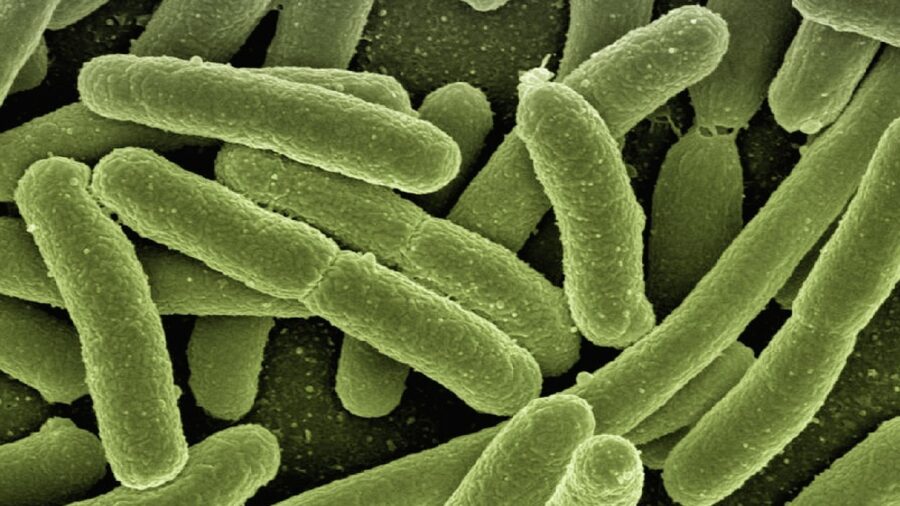
These sinkholes are mostly anoxic at greater depths—meaning they lack free oxygen—but nonetheless are capable of supporting a large number of marine bacteria, and they excel at fossil preservation due to the lack of oxygen. While Taam Ja’ has officially become the deepest recognized underwater sinkhole, the largest overall is still the Great Blue Hole, which is a massive 300-meter-wide and 125-meter-deep underwater sinkhole located some 100 kilometers from the coast of Belize.
Source: Frontiers in Marine Science










